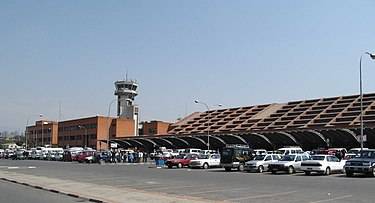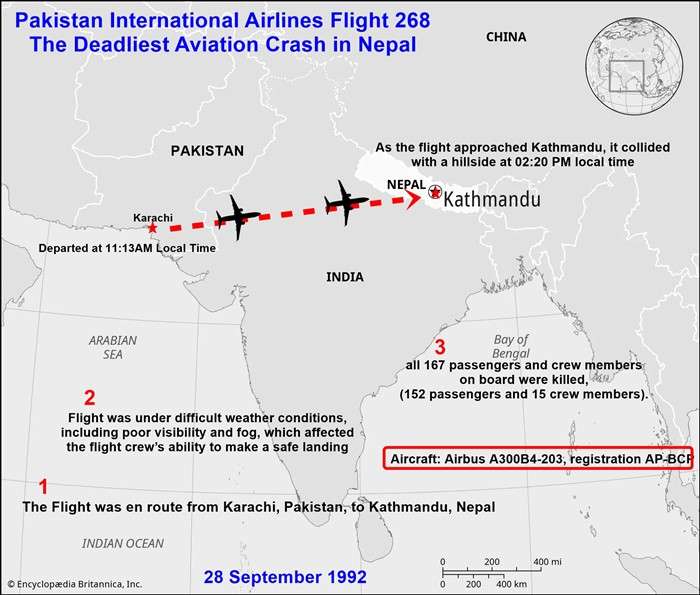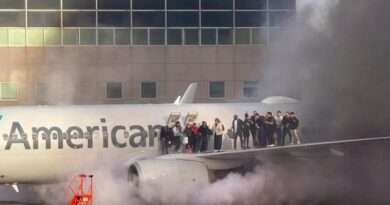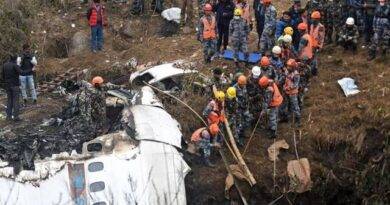Pakistan International Airlines Flight 268: The Deadliest Aviation Crash in Nepal
On September 28, 1992, Pakistan International Airlines (PIA) Flight 268 met a tragic fate while attempting to land at Tribhuvan International Airport in Kathmandu, Nepal. This catastrophic event resulted in the deaths of all 167 passengers and crew members on board, marking it as one of the deadliest aviation accidents in Nepalese history (152 passengers and 15 crew members). Below is a comprehensive look at the causes, investigation findings, and the impact of this tragic crash.
The Fatal Flight: Overview of PIA Flight 268
PIA Flight 268, an Airbus A300B4-203, registration AP-BCP, was en route from Karachi, Pakistan, to Kathmandu, Nepal. On the day of the incident, the aircraft was operating under difficult weather conditions, including poor visibility and fog, which severely affected the flight crew’s ability to make a safe landing. As the plane approached Kathmandu, it collided with a hill just eight nautical miles south of the airport (Wikipedia, GulfNews).

The Crew and Conditions
The flight was under the command of 49-year-old Captain Iftikhar Janjua, one of PIA’s most experienced pilots, with 13,192 flying hours, including over 6,000 hours on the Airbus A300. Assisting him was First Officer Hassan Akhtar, with 1,469 hours on the same aircraft (Aviation Nepal). However, neither pilot had recent experience landing in Kathmandu, which is notorious for its challenging terrain and complex approach procedures. The absence of radar at Tribhuvan Airport compounded the difficulties (Aviation Nepal).
The Last Moments Before the Crash
Flight 268 was cleared to land on Kathmandu’s Runway 02, and the crew began their descent. Unfortunately, the aircraft descended below the safe approach altitude due to navigational misjudgments. Investigations revealed that the pilots deviated from the recommended altitude protocols during the final approach. The steep terrain and poor visibility further obscured the crew’s situational awareness (Wikipedia, Aviation Nepal).
The aircraft collided with the side of a hill at an altitude of around 7,300 feet, approximately 500 feet below the prescribed altitude at that stage of the approach(Wikipedia). Despite attempts by air traffic control to communicate with the crew, the plane lost contact, leading to the fatal crash (Aviation Nepal).

map source: Britannica
Investigation Findings: Causes of the Crash
Pilot Error and Altitude Misjudgment
The investigation, led by Nepalese and international aviation authorities, primarily attributed the crash to pilot error. The report concluded that the flight crew failed to adhere to standard approach procedures. They descended 1,000 feet below the correct altitude at each navigational checkpoint, a misstep that ultimately led to the collision with the hillside (Wikipedia).
The aircraft’s Ground Proximity Warning System (GPWS) did not alert the crew in time due to the combination of outdated equipment and the terrain’s steep slopes. Moreover, the Kathmandu air traffic controllers, unfamiliar with handling such scenarios, were hesitant to intervene and guide the aircraft away from danger (GulfNews).
Weather and Lack of Radar
Though the weather was not stormy, the post-monsoon season created significant challenges, including thick clouds around the airport. The lack of radar equipment at Tribhuvan International Airport meant that controllers could not accurately monitor the aircraft’s position during its descent (Aviation Nepal).
Inadequate Flight Operations Protocols
The investigation also highlighted deficiencies in PIA’s operational protocols. The pilots had not undergone recent flight simulations for landing in Kathmandu, and there were gaps in their familiarity with the complex approach. Moreover, the airline’s internal inspections and route checks were found to be ineffective, which contributed to the tragedy (Aviation Nepal).
Changes and Recommendations After the Crash
Enhancements to Airport Safety
Following the crash, aviation authorities implemented several crucial changes to improve safety at Kathmandu Airport. The International Civil Aviation Organization (ICAO) recommended the installation of radar systems at the airport to better monitor incoming flights. Additionally, navigational charts for Tribhuvan Airport were revised and standardized to avoid further confusion (Wikipedia).
Improvements in Training and Protocols
The crash underscored the need for enhanced pilot training for difficult airports like Kathmandu. PIA made changes to its training programs, focusing on ensuring that flight crews are better prepared for complex approaches. The installation of better flight chart systems in cockpits was also emphasized (Aviation Nepal).
Legacy of the Crash: Remembering the Victims
In the aftermath of the tragedy, PIA established a memorial park in Lele, Nepal, near the crash site, to honor the 167 lives lost. The memorial stands as a somber reminder of the dangers associated with aviation in challenging environments (Wikipedia).
The Pakistan International Airlines Flight 268 crash remains a significant case study in aviation safety, highlighting the need for strict adherence to flight protocols and the importance of modernizing airport infrastructure. Although the crash brought profound sorrow, it led to necessary changes aimed at preventing such disasters in the future.
References and Further Reading:
Featured image source: https://aviation-safety.net/photo/9007/Airbus-A300B4-203-AP-BCP, CC BY 3.0, https://commons.wikimedia.org/w/index.php?curid=82626980
For more aviation accidents: https://www.aviationfile.com/aviation-accidents-and-incidents/


